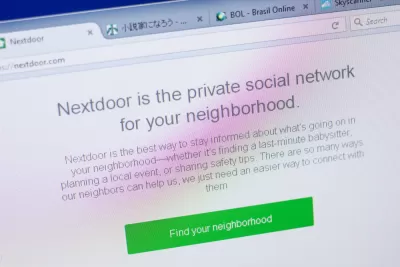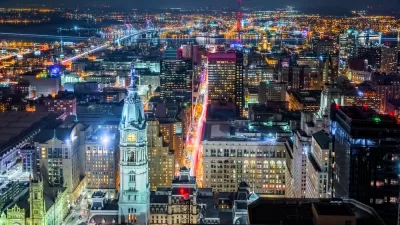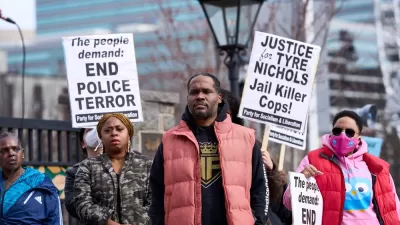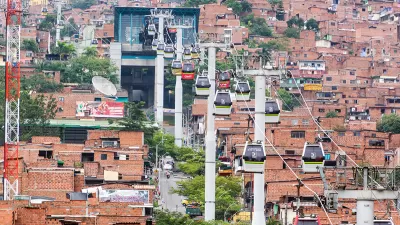Violent crime is at the lowest rate in decades, but don't tell that to the people who use neighborhood-based apps like Nextdoor, Citizen, and Neighbors.

Rani Molla calls neighborhood-based apps fear-based apps, because of how they've aggravated a false sense of rising danger in the United States.
There's a lot of data to suggest that apps like Nextdoor are growing much more popular, while public perceptions of crime or worsening despite historically low crime statistics.
Amazon Ring recently entered the space with an app called Neighbors, which "alerts users to local crime news from “unconfirmed sources” and is full of Amazon Ring videos of people stealing Amazon packages and “suspicious” brown people on porches." Amazon Ring also has also advertised an editorial position to coordinate news coverage on crime.
To connect the popularity of these apps with the worsening public perception of safety, Molla cites a number of experts and news sources. One big takeaway from the analysis of these trends in apps: crowdsourced "news" about crime doesn't reflect the actual neighborhood; rather, it reflects the biases of people living in those neighborhoods.
FULL STORY: The rise of fear-based social media like Nextdoor, Citizen, and now Amazon’s Neighbors

Montreal Mall to Become 6,000 Housing Units
Place Versailles will be transformed into a mixed-use complex over the next 25 years.

Planetizen Federal Action Tracker
A weekly monitor of how Trump’s orders and actions are impacting planners and planning in America.

DARTSpace Platform Streamlines Dallas TOD Application Process
The Dallas transit agency hopes a shorter permitting timeline will boost transit-oriented development around rail stations.

Study: 4% of Truckers Lack a Valid Commercial License
Over 56% of inspected trucks had other violations.

Chicago Judge Orders Thousands of Accessible Ped Signals
Only 3% of the city's crossing signals are currently accessible to blind pedestrians.

Philadelphia Swaps Car Lanes for Bikeways in Unanimous Vote
The project will transform one of the handful of streets responsible for 80% of the city’s major crashes.
Urban Design for Planners 1: Software Tools
This six-course series explores essential urban design concepts using open source software and equips planners with the tools they need to participate fully in the urban design process.
Planning for Universal Design
Learn the tools for implementing Universal Design in planning regulations.
City of Mt Shasta
City of Camden Redevelopment Agency
City of Astoria
Transportation Research & Education Center (TREC) at Portland State University
US High Speed Rail Association
City of Camden Redevelopment Agency
Municipality of Princeton (NJ)





























